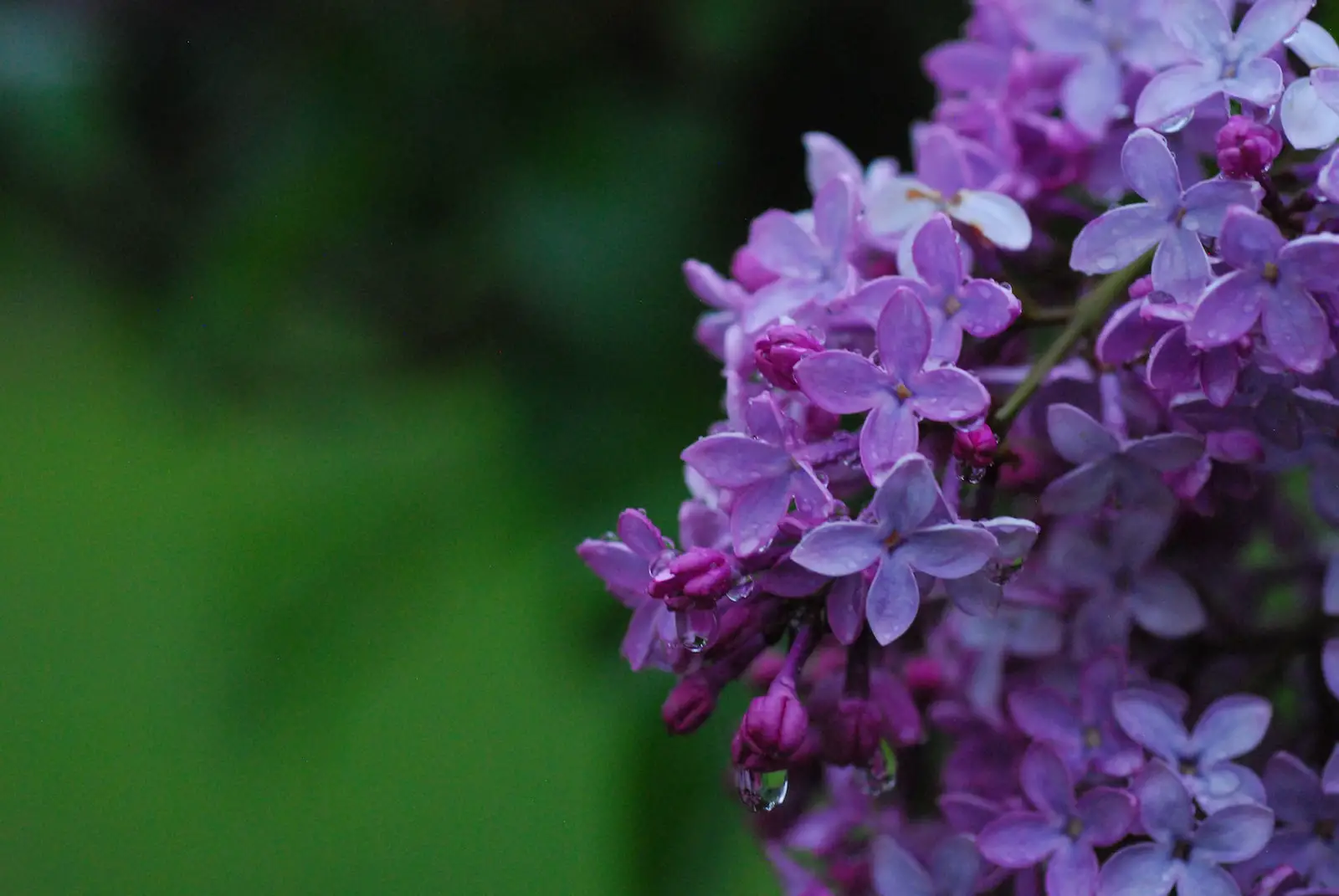The Lilac Bush, known for its beautiful and fragrant flowers, has a rich history in garden landscapes. This popular shrub adorns gardens with stunning shades of purple, white, and pink blossoms, emitting a pleasant and enchanting fragrance that heralds the arrival of spring.
Lilac, scientifically known as Syringa vulgaris, belongs to the Oleaceae family. It’s a deciduous shrub that not only adds aesthetic beauty but attracts pollinators like butterflies and hummingbirds, enhancing the ecological value of a garden. Originating from Southeastern Europe, this plant has become a common feature in gardens across various regions due to its hardiness and appealing appearance.
With its dense foliage, Lilac Bush serves as a wonderful privacy screen and windbreak. Growing a Lilac Bush isn’t very complicated, but understanding its specific needs regarding sunlight, soil, watering, and pruning can help it thrive and produce abundant blossoms.
| Attribute | Details |
|---|---|
| Common Names | Lilac Bush |
| Botanical Name | Syringa vulgaris |
| Family | Oleaceae |
| Plant Type | Deciduous Shrub |
| Mature Size | 5-15 feet tall, 5-12 feet wide |
| Sun Exposure | Full Sun |
| Soil Type | Loamy, well-drained soil |
| Hardiness Zones | 3-7 |
| Native Area | Southeastern Europe |
Lilac Bush Care
Lilac Bush is relatively easy to care for but does require attention to certain aspects such as sunlight, soil quality, watering, and pruning. By ensuring that the Lilac Bush receives enough sunlight and is planted in well-draining, fertile soil, gardeners can encourage healthy growth and abundant flowering.
Regular watering during the initial years helps establish the plant, but once matured, the Lilac Bush is relatively drought-tolerant. Pruning is crucial to maintaining the shape and encouraging new growth that leads to more flowers.
Light Requirement for Lilac Bush
Lilac Bush thrives in full sun, which helps the plant produce vibrant blossoms. At least 6 hours of direct sunlight daily is essential for the shrub to flourish. While it can tolerate partial shade, lack of sufficient sunlight may lead to fewer flowers and leggy growth.
Soil Requirements for Lilac Bush
Lilac Bush prefers loamy, well-drained soil that is slightly alkaline. Soil rich in organic matter supports healthy growth, but heavy clay or overly sandy soils may need amendment. Good drainage is crucial as waterlogged soil can lead to root rot.
Water Requirements for Lilac Bush
Young Lilac Bushes benefit from regular watering, especially during the hot and dry periods. Once established, the shrub is quite drought-tolerant. Overwatering should be avoided, as it can cause root problems. A balanced approach to watering encourages robust growth and flowering.
Temperature and Humidity
Lilac Bush is adaptable to various temperature ranges within its hardiness zones. It prefers cooler summer temperatures and needs winter chill to set buds. High humidity levels can lead to fungal diseases, so ensuring good air circulation is essential.
Fertilizer
Fertilizing is not typically required for established Lilac Bushes. If growth is slow, a balanced, slow-release fertilizer can be applied in the early spring. Over-fertilization can lead to lush foliage but poor flowering.
Pruning Lilac Bush
Pruning is essential for maintaining the shape and health of the Lilac Bush. It should be done right after flowering to avoid cutting off next year’s blooms. Remove dead, diseased, or weak branches to encourage vigorous growth and better airflow.
Propagating Lilac Bush
Propagation can be done through cuttings or division. Softwood cuttings in early summer or hardwood cuttings in winter are the most common methods. Dividing large, established clumps can also be an effective way to propagate the plant.
How To Grow Lilac Bush From Seed
Growing Lilac Bush from seed is a lengthy process and requires patience. Seeds must be stratified (chilled) for a specific period before planting. Germination can take several weeks, and flowering may take several years.
Common Pests & Plant Diseases
Aphids
Aphids can be treated using insecticidal soap or neem oil.
Powdery Mildew
This fungal disease can be controlled with proper pruning and fungicides.
Common Problems With Lilac Bush
Failure to Bloom
This could be due to insufficient sunlight, improper pruning, or excessive nitrogen.
Leggy Growth
Leggy growth might indicate a lack of sunlight or too much nitrogen in the soil.
Pro Tips
- Plant Lilac Bush in a location with full sun for best flowering.
- Prune right after blooming to shape the plant and remove old growth.
- Avoid over-fertilizing, as it can inhibit blooming.
- Ensure good air circulation to prevent fungal diseases.




